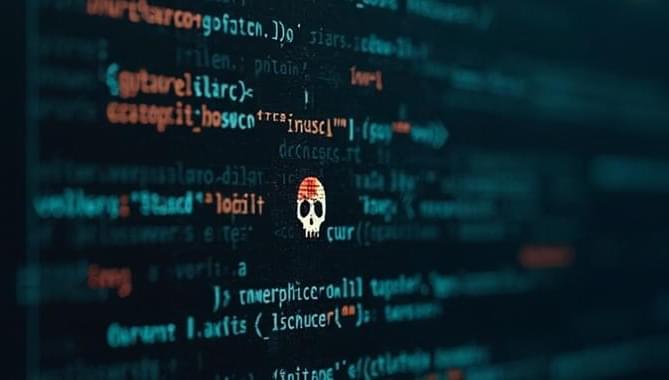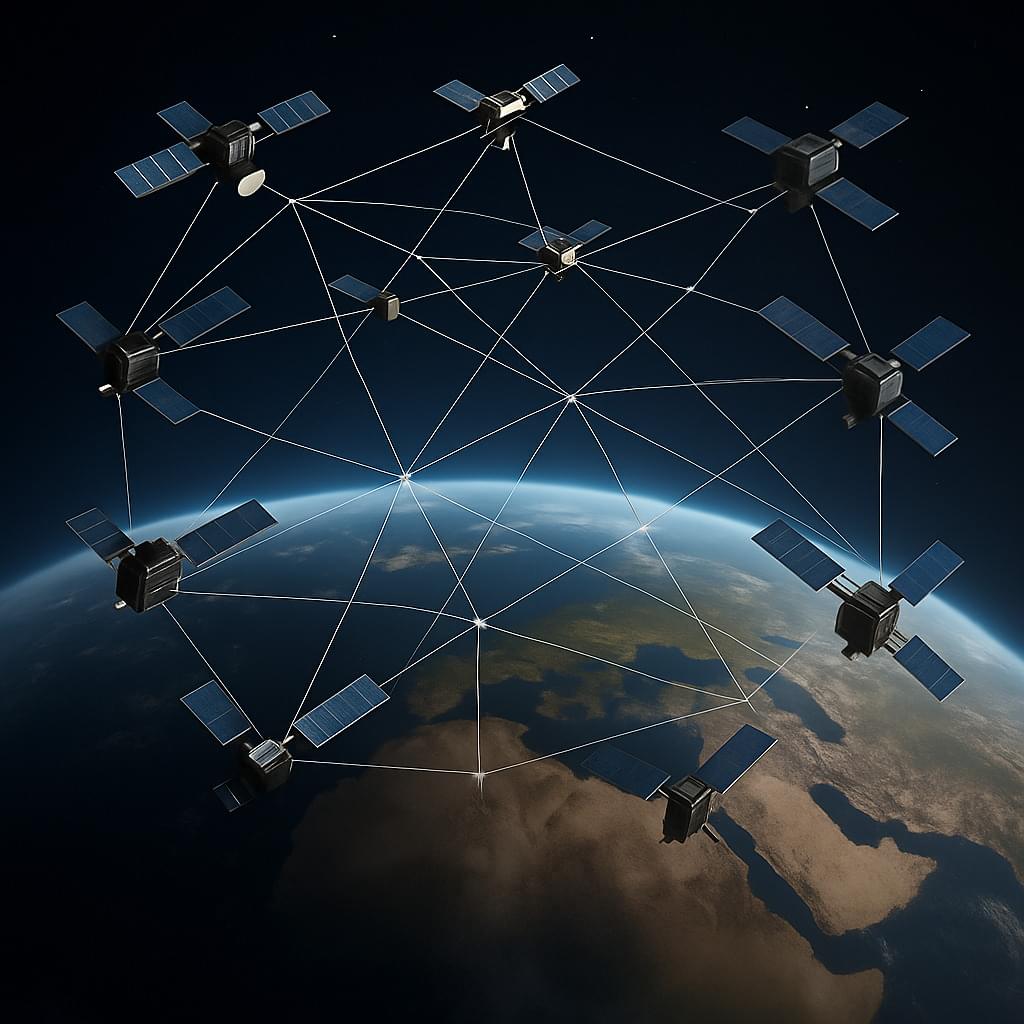Paris, France, Cambridge, USA, April 2nd, 2025 – TISSIUM, a privately-owned medtech company developing biomorphic programmable polymers for tissue reconstruction, is proud to unveil clinical data which were presented at the IFSSH Congress in Washington, D.C. on March 27, 2025, demonstrating the potential of its COAPTIUM® CONNECT System, an innovative atraumatic sutureless solution for peripheral nerve repair.
Peripheral nerve injuries pose a significant burden, often resulting in impaired nerve function, reduced dexterity, and decreased quality of life. Traditional microsurgical repair with sutures, while effective, presents challenges such as inconsistent functional recovery and the potential for additional nerve trauma. The need for disruptive technologies in nerve repair is clear—TISSIUM’s COAPTIUM® CONNECT System offers an innovative atraumatic sutureless method for coaptation of severed nerves.
Study Overview & Key Findings
A prospective, single-arm study was conducted in patients with digital nerve injuries to assess the COAPTIUM® CONNECT System. The trial enrolled 12 patients, of whom 10 completed the entire 1-year follow-up duration.






